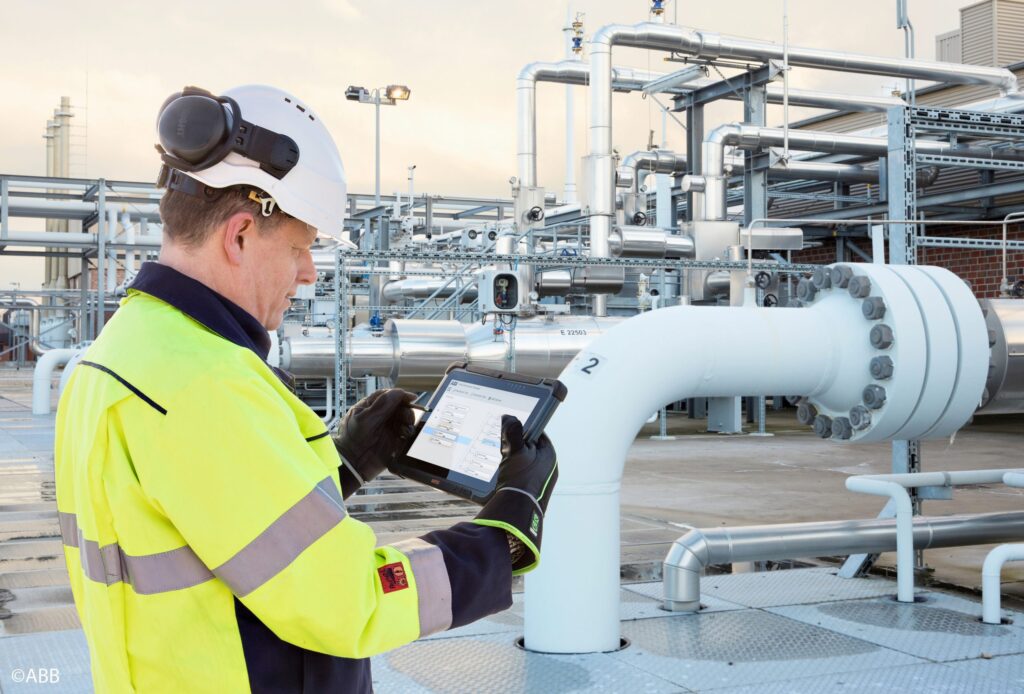As the global energy sector continues to evolve, a key segment quietly driving transformation is the Oil and Gas Process Automation and Instrumentation market. According to a recent report by Market Research Intellect, this market, categorised under Internet, Communication, and Technology, is poised for notable growth from 2025 through 2032. Accelerating technology adoption, shifting consumer expectations, and changing operational demands are all converging to shape its future.
In an era where operational efficiency, safety, and cost control are more critical than ever, automation is playing an increasingly vital role. As oil and gas exploration becomes more complex, automated systems are helping companies streamline operations, reduce human error, and enable real-time decision-making. From drilling rigs to refining facilities, the integration of tools such as sensors, analysers, and control valves is becoming standard.
At the heart of this evolution lies the Industrial Internet of Things (IIoT), artificial intelligence, and advanced analytics, technologies that are transforming how data is gathered and utilised. These innovations allow companies to monitor equipment in real time, implement predictive maintenance strategies, and boost productivity in high-risk environments.
The push for safety and environmental compliance is also a major market catalyst. As regulatory frameworks tighten worldwide, especially regarding emissions and hazardous operations, companies are under mounting pressure to modernise. Coupled with rising global energy demand and expanding infrastructure investments particularly in Asia-Pacific, North America, and the Middle East, automation is no longer optional; it’s essential.
One of the strongest growth drivers is technological innovation. Manufacturers are investing heavily in R&D to develop smart, customisable, and scalable solutions that seamlessly integrate with digital ecosystems. As industries demand tools that deliver both performance and sustainability, the inclusion of AI, cloud connectivity, and automated intelligence in process systems has become a differentiator.
This tech-first approach not only fuels adoption in mature markets but also opens doors in emerging economies, where infrastructure is still developing but the appetite for modernisation is strong.

Despite these advancements, challenges remain. Chief among them is the high initial investment required for installation, deployment, and maintenance. For many small and medium-sized enterprises, cost remains a significant hurdle, especially in regions where budgets are tight and economic recovery post-pandemic is still fragile. Operational expenses, skilled labor shortages, and fluctuating raw material prices also add layers of complexity to the adoption process.
Yet, opportunities are abundant particularly in emerging regions such as Africa, Latin America, and Southeast Asia. These economies are undergoing rapid industrialisation and urban expansion, with governments increasingly supportive of modernisation initiatives. Public-private partnerships, access to affordable financing, and growing awareness of energy efficiency are fostering a fertile ground for growth.
Companies that localise their offerings, providing cost-effective, adaptable solutions and investing in on-the-ground training and support, are best positioned to thrive in these markets.
Perhaps the most compelling trend is the sector’s pivot toward sustainability. With nations racing to meet carbon neutrality targets, the demand for eco-friendly automation and instrumentation systems is gaining momentum. Manufacturers are embracing energy-efficient designs, recyclable materials, and low-emission production processes.
End-users, too, are seeking solutions that align with environmental goals without sacrificing performance. Compliance with international sustainability standards has become a competitive advantage, often opening the door to tax incentives and subsidies, especially in sectors like construction, utilities, and transportation.
As environmental responsibility becomes a defining priority, companies leading in green technology integration are setting themselves apart, not just ethically, but competitively.



